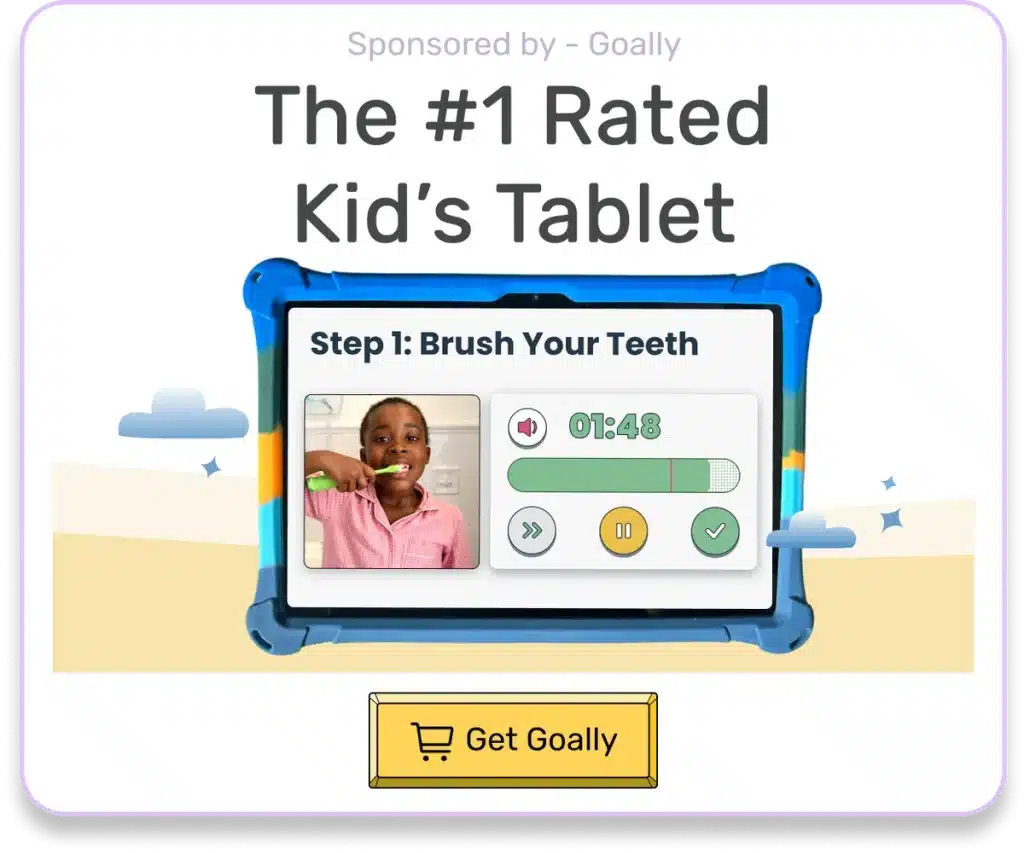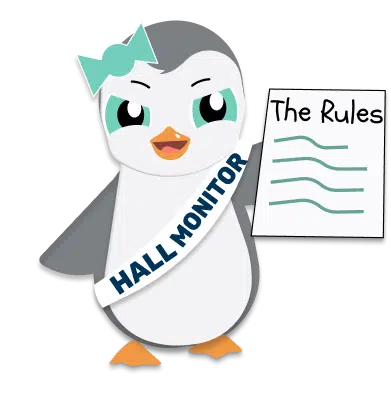The moment a toddler declares, “I do it myself!” marks an important milestone in their growth. As parents, our hearts swell with pride at this declaration of independence. Yet, navigating this new territory can be tricky. For instance, how can we guide them to make good choices? To simplify this process for you and your kid(s), we’ve created a free printable good choices and bad choices worksheet pdf available later in the blog.
Table of Contents
Why is Teaching Good Choices Important?
Above all else, teaching kids about making wise decisions fosters their autonomy and self-confidence. When they understand the concept of consequences—both positive and negative—it helps mold their decision-making skills. It’s not just about right or wrong; it’s about understanding that every choice has an impact.
- Critical Thinking: Children learn to weigh options and consider outcomes before making decisions.
- Responsibility: They start taking ownership of their actions when they realize that each choice comes with consequences.
- Social Skills: Good decision-making abilities also enhance social interactions as kids become more aware of how their choices affect others around them.

Read more: What is Autism Behavior Intervention?
The Role Of The Caregiver In Guiding Choice-Making
In essence, parents act as a compass guiding children through life’s maze filled with numerous turns called ‘choices.’ While some paths may seem straightforward for us adults, remember that these are uncharted territories for young minds.
- You’re there to provide direction, but avoid steering too hard! This means offering options instead of imposing decisions.
- Foster open conversations where you discuss possible scenarios while encouraging your child to express their thoughts and feelings.
- Model good decision-making. Kids learn by observing adults in their lives. If they see you making thoughtful choices, they will likely emulate this behavior.
Making the Concept of Choices Tangible
Concepts like ‘choices’ can be abstract for younger kids, but visual aids can bridge this gap effectively. That’s where our free printable good choices, bad choices worksheet pdf comes into play! It provides a simple yet engaging way for children to understand the difference between beneficial and detrimental decisions.

Read more: What is Drama and Autism?
A Printable Tool To The Rescue!
To summarize the concepts discussed so far – understanding choices, discussing consequences, and recognizing emotions; we have a handy free printable good choices bad choices worksheet PDF! This worksheet simplifies complex scenarios into understandable bits for your kid while making learning fun!
Tips on Using the Good Choices Bad Choices Worksheet Effectively
- Discuss each scenario: Go through every situation in the worksheet together with your kid(s). Discuss what could happen if they choose either option.
- Praise effort over outcome: Encourage attempts at making independent decisions rather than focusing solely on whether it was ‘good’ or ‘bad.’
- Create safe spaces for mistakes: Let them know that it’s okay to make wrong choices sometimes – we all do! The important part is learning from these experiences.

Goally | Apps That Build Behavior & Life Skills for Kids
Want to keep your child motivated while building essential behavior and life skills? Goally’s skill-building tablet is designed to celebrate small wins and help your child grow.
Our Behavior Tracker helps you reward your kiddo for specific skills, like “being kind” or “flushing the toilet.”
By setting clear expectations and rewarding their efforts, you foster a positive environment for your child to flourish in their behavioral skills journey.

The journey of nurturing decision-making skills in kids is filled with twists and turns – moments of pride when they make wise decisions, mixed with frustration when poor choices are made. But remember, Rome wasn’t built in a day! Likewise, cultivating strong decision-making abilities takes time. Ultimately, isn’t that what parenting is all about? Guiding little humans as they grow into confident individuals capable of independently navigating life’s labyrinth of choices. Now, that’s something worth striving for!
FAQ about Free Printable Good Choices Bad Choices Worksheet PDF
What is the free printable good choices bad choices worksheet PDF? It's a downloadable resource that parents can use to help their kids understand and differentiate between good and bad decisions. How can I use the free printable good choices bad choices worksheet PDF with my child? You can print it out, sit down with your kid, discuss each scenario presented in the worksheet, and guide them on making better decisions. Can this free printable be used for all ages? Yes, while it's primarily designed for children aged 2-12 years old, you might find it helpful even beyond these ages depending on your child’s understanding level. Why is teaching decision-making skills important for kids? Decision-making skills are crucial as they promote independence and critical thinking in kids; our free printable good choices bad choices worksheet pdf aids in developing these skills.
This post was originally published on 11/25/2023. It was updated on 05/03/2024.
Emily is a seasoned blog writer for Goally, leveraging her extensive background in child psychology and special education to provide valuable insights and resources for parents. Her commitment to understanding and addressing the unique needs of these children, combined with her expertise in educational strategies, makes her a credible and empathetic voice for families.






